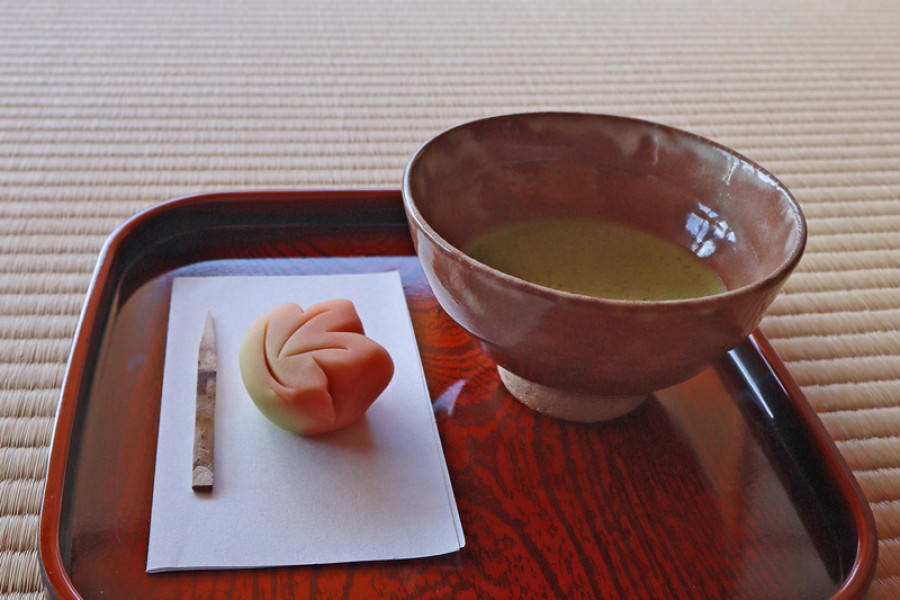
Green Tea Experience at Suirakuen Garden
Try matcha green tea in a traditional tea house in Suirakuen Garden, located inside Nanko Park. Suirakuen Garden is also a popular place to visit for its fall foliage.
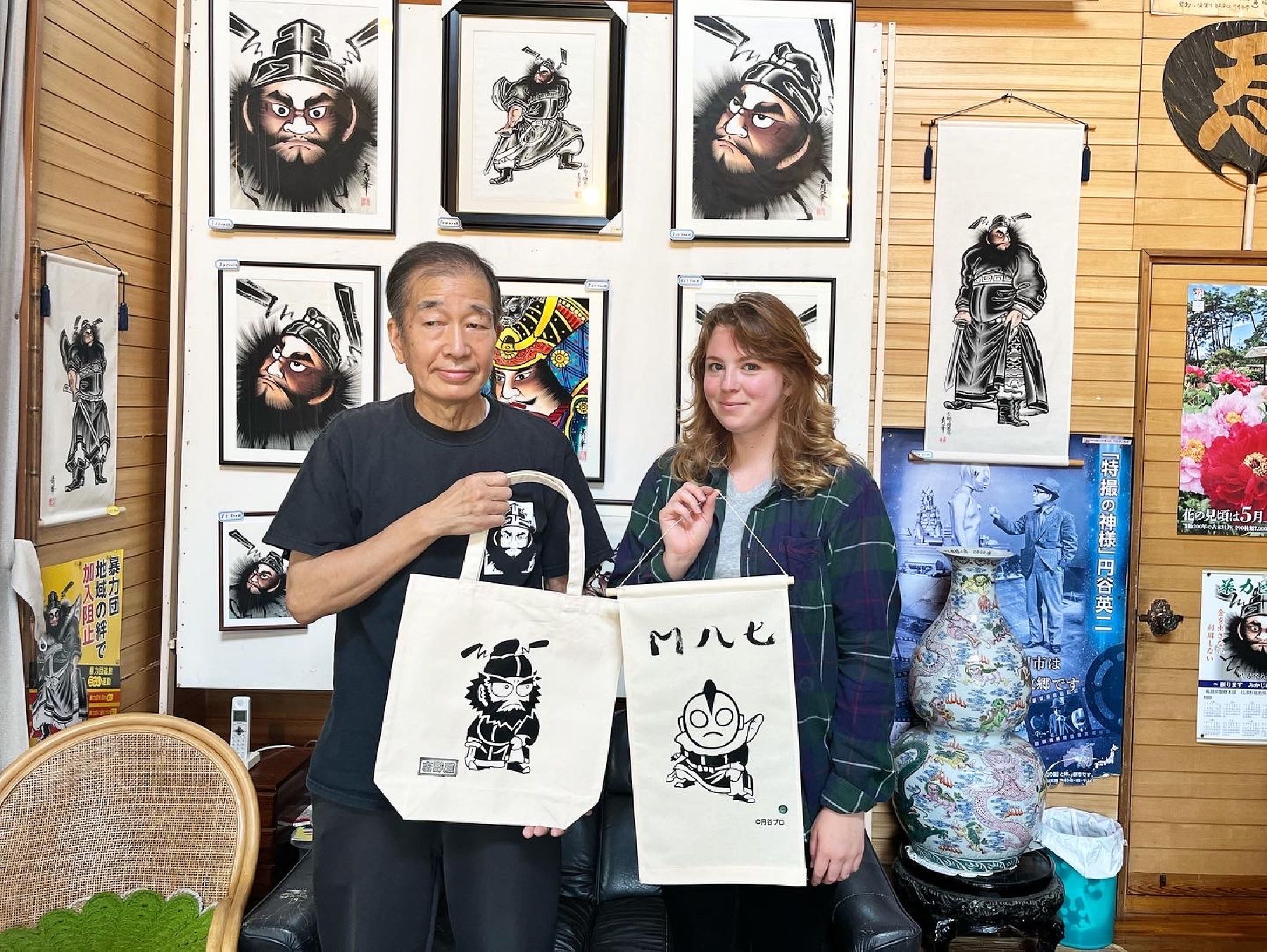
Established in 1836, the Yoshinoya family has been continuing the production of Enobori banners using traditional techniques. Originally the family business was a kimono shop, however, the side business of painting Enobori banners began to grow until is eventually became their main business.
These banners typically feature images of warriors and can be quite complex with their designs. They are made by painting on banners with a type of calligraphy ink.
To create clean and uniform design, stencils are made from various materials to be used as a guide for the design. Once the basic design is painted with a stencil, you connect the lines and add fine details by hand.
As a nod to a famous Sukagawa person, they began creating a design of Ultraman posing as a samurai warrior! You can try out the traditional banner making method explained above to create tote bags and small banners featuring a variety of samurai and Ultraman samurai designs.
©円谷プロ
| Website | https://enobori.com/ |
|---|---|
| Contact | 0248-75-4456 |
| Best Season | All Year |
| Opening Hours | 9:00-17:00 |
| Access | 須賀川市並木町58 View directions |
|---|

Try matcha green tea in a traditional tea house in Suirakuen Garden, located inside Nanko Park. Suirakuen Garden is also a popular place to visit for its fall foliage.
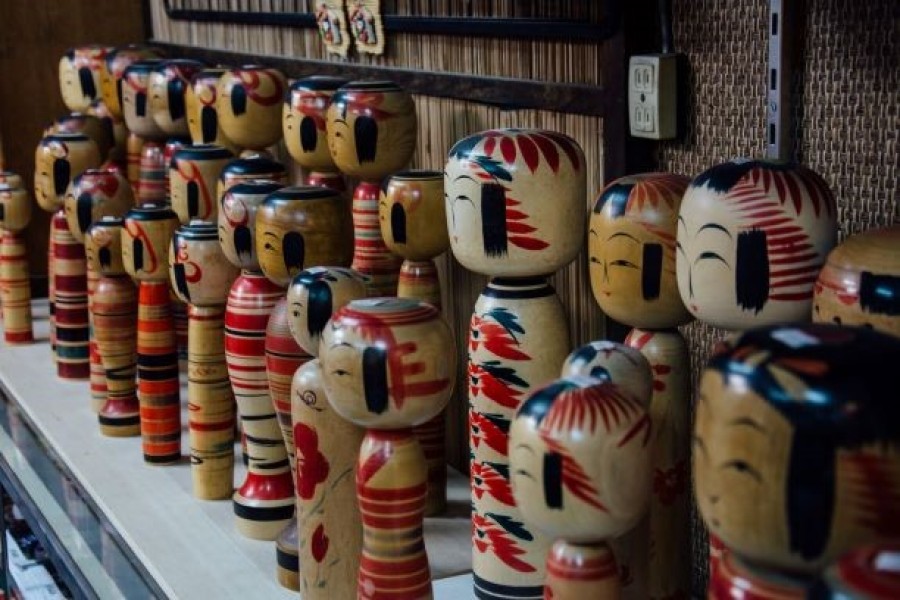
This souvenir shop sells a large variety of Tsuchiyu Onsen local products, the most well-known - of course - is the Tsuchiyu Kokeshi dolls. Tsuchiyu Kokeshi wooden dolls are known for their peculiar expressions. Matsuya Souvenir Shop even includes a kokeshi workshop, where an artisan creates kokeshi right before your eyes. For a particularly unique experience, you can paint your own Kokeshi Doll!
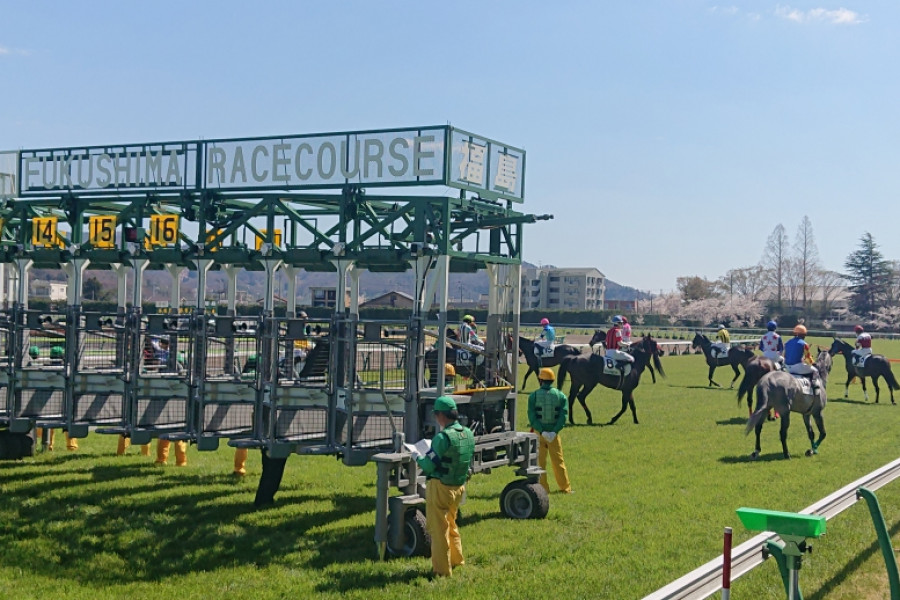
The only Japan Racing Association racecourse in the Tohoku region. Enjoy the excitement of the seasonal races held during Spring, Summer and Winter, as well as the traditional Tanabata Prize in July. The racecourse also has other areas for enjoying yourself, including a children's play area and athletic facilities, making it a great place to come with the family.

Ebisu Circuit – revered as a drift racing paradise – is visited every year by lots of international visitors. Ebisu Circuit’s ‘Drift Taxi’ experience lets you ride as a passenger in a special drifting car while a professional Drift School Teacher speeds around the circuit! Booking and more information here.

This souvenir shop sells a large variety of Tsuchiyu Onsen local products, the most well-known - of course - is the Tsuchiyu Kokeshi dolls. Tsuchiyu Kokeshi wooden dolls are known for their peculiar expressions. Matsuya Souvenir Shop even includes a kokeshi workshop, where an artisan creates kokeshi right before your eyes. For a particularly unique experience, you can paint your own Kokeshi Doll!

Try matcha green tea in a traditional tea house in Suirakuen Garden, located inside Nanko Park. Suirakuen Garden is also a popular place to visit for its fall foliage.
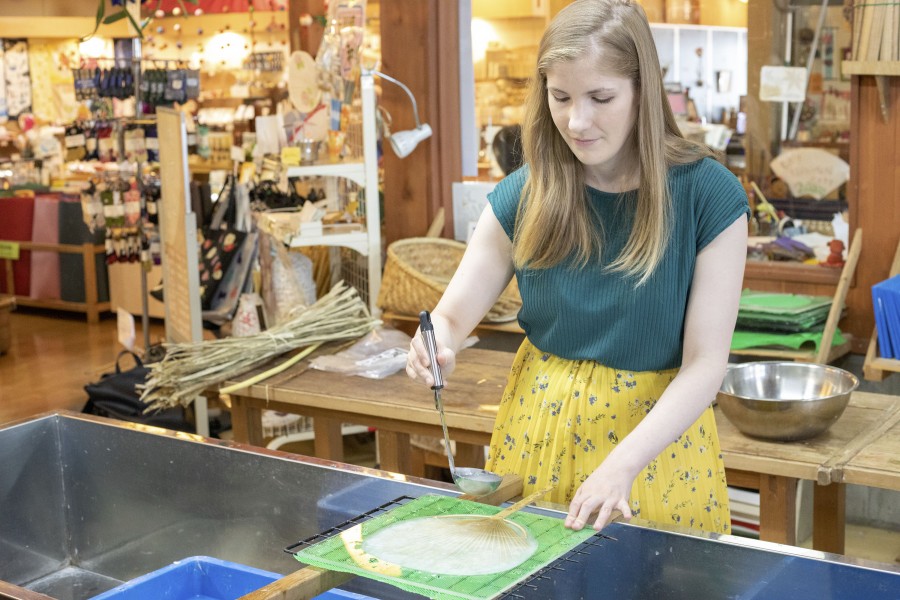
Kami-Kawasaki Washi paper has a history of over 1,000 years. It was given the name "Kami-Kawasaki Washi" because of its origin in Nihonmatsu City's Kami-Kawasaki district. Since the name of districts changes with the years, during Japan's Heian Period, it was known as "Michinoku-gami "("paper made in Michinoku").Kami-Kawasaki Washi paper has been used regularly as shoji paper (paper for sliding doors). Many people are charmed by the warmth and simple beauty of Kami-Kawasaki Washi. Paper mulberry, a type of tree used for making the paper, is grown locally. The traditional production method, from producing the raw ingredients to making the paper, is continued in Nihonmatsu City even today.Sticking to traditional production methods ensures that the finished paper has a luxuriant warmth and refinement, and is strong and durable. At present, a variety of products, such as dyed paper, folkcraft paper, and paper crafts, are produced, all of which maintain the paper's original texture. Although the demand for shoji paper is declining, there is still demand for products such as wallpaper and lamp shades. In this way, Kami-Kawasaki Washi remains important to us everyday. At the Washi Traditional Crafts Gallery - located at Michi-no-Eki Adachi (Roadside Station) - visitors can make washi postcards, paper fans, and other items.

There are records of Shirakawa Daruma (Japanese traditional dolls) being sold as far back as the feudal reign of the Niwa Domain in 1627. Current Shirakawa Daruma are known as “Shirakawa Tsurugame Shochikubai Daruma.” The faces of these dolls are painted to incorporate various animals and plants, with the eyebrows representing cranes, the mustache representing a turtle, the ears representing pines and plum trees, and the beard representing bamboo or pine trees. All of these images are thought to bring good luck. The daruma is known to be a very classical, lucky talisman, started by Matsudaira Sadanobu, the lord of Shirakawa, when he hired the renowned painter Tani Buncho to paint the now famous face on the daruma doll. Once every year a large Shirakawa Daruma Market is held to celebrate and sell the beloved daruma dolls. You can paint your own daruma at the two daruma workshops in town!